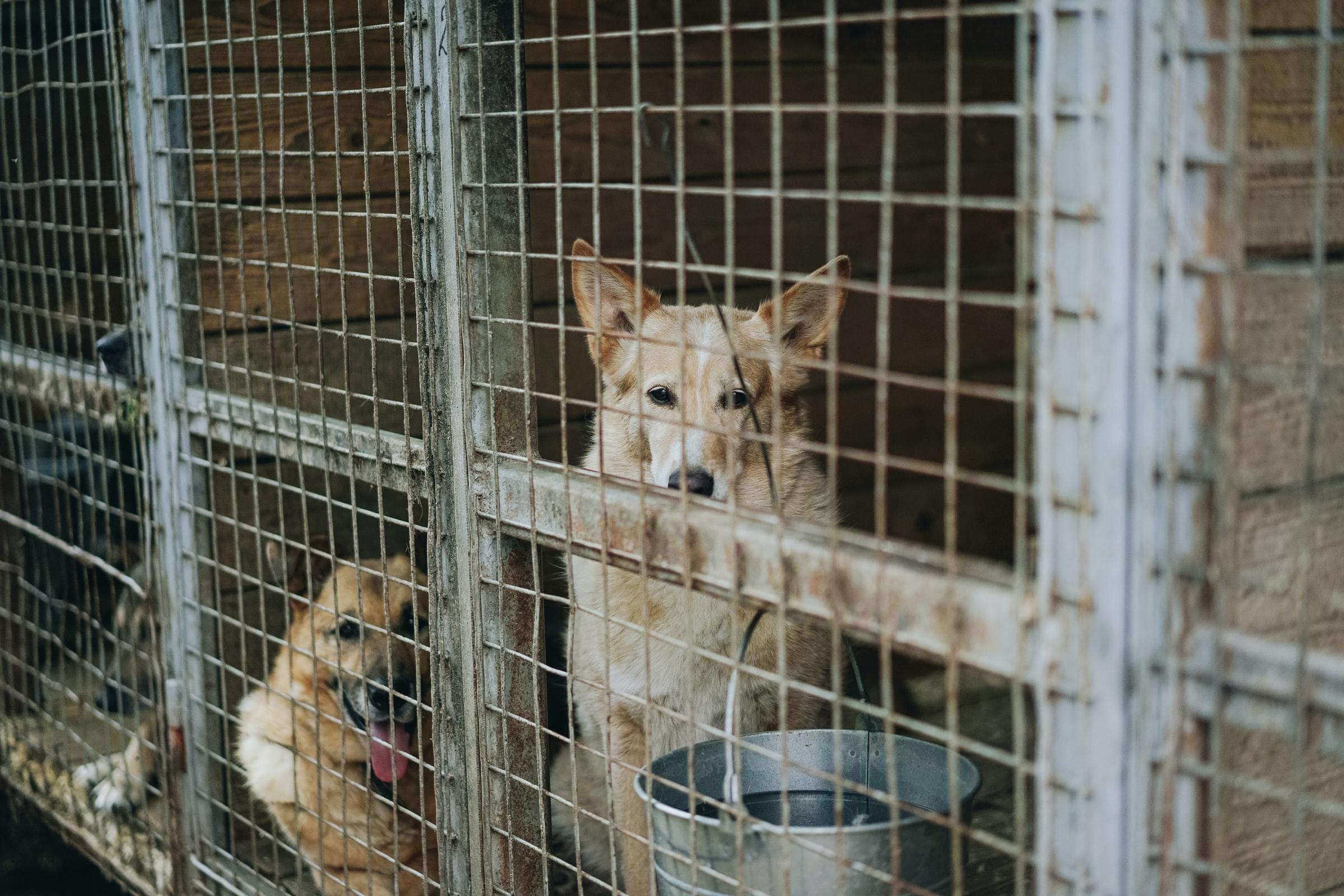Brucella Canis in Colorado
Disease Summary
Brucella canis (B. canis), the bacteria that causes canine brucellosis, is one of several zoonotic Brucella species. The domestic dog is the only significant host of B. canis and dogs rarely become infected with other Brucella spp (i.e. Brucella abortus in cattle or wildlife). The disease is endemic in areas with large populations of stray, sexually intact dogs.
This disease is mainly transmitted through reproduction and by nose/mouth contact with vaginal discharge or birthing fluids from an infected female. However, a dog’s semen, urine, feces, blood, saliva, and nasal secretions can also contain the bacteria and are potential risks for transmission to people and other dogs. Furthermore, puppies can become infected by their mother during pregnancy.
Clinical signs in intact animals include abortion, infertility, and genital abnormalities (esp. orchitis, inflammation of the testicles). However, recent cases have involved spayed/neutered dogs who may present with more general signs such as lethargy, lymph node enlargement, and lameness/back pain due to discospondylitis (an infection of the intervertebral disks and vertebrae).
Additionally, many dogs with B. canis infection show no clinical signs while being a carrier for the disease.
Unfortunately, the infection may go unnoticed for years, especially in animals infected at birth.
B. canis is not curable, not a benign disease in the dog, and is a zoonotic risk, because of this the primary management recommendation for positive B. canis cases is euthanasia.
An owner who chooses not to euthanize their B. canis positive dog has the responsibility to limit the spread of this disease. Read CDA’s Prevention and Control Guidance for more information. Sterilization (if intact), long term antibiotic treatment, isolation in the home, and repeated testing are offered as a second management option.

Reportable Disease Information
B. canis is a zoonotic reportable disease in Colorado per Livestock Disease Control Rule 8 CCR 1201-19 part 12. CDA has quarantine authority; however, cases involving single animals or cases isolated to a private residence are not routinely quarantined. Owners of B. canis positive dogs should be given information regarding the risks of this disease and the recommended disease management: Guidance for Owners of B. canis Positive Dog.
Additional information for veterinarians is available in our Prevention and Control for Veterinarians guidance as well as our Veterinarian FAQs.
Veterinarians who are suspicious of B. canis in their patients should reach out to the CDA Animal Division office at 303.869.9130 and fill out our Canine Brucellosis Disease Report form.
Human Health Risk
The zoonotic risk of B. canis is not fully understood and human cases are likely under-diagnosed. While human infections appear uncommon, people who have a compromised or immature immune system, including young children, pregnant women, or persons with artificial heart valves, are at risk of severe disease if they acquire the infection. Refer to the Canine Brucellosis - Q and A for Dog Owners for more information.
Please contact your local public health office or physician with questions about the zoonotic risk.
People who are in contact with breeding dogs, newborn puppies, or aborted dog fetuses should always practice good hygiene. In general, all animal caretakers should wear gloves and facial or respiratory protection when handling bodily fluids from an animal and should regularly wash hands with soap and water.
More information on disease prevention can be found in the Compendium of Veterinary Standard Precautions for Zoonotic Disease Prevention in Veterinary Personnel.